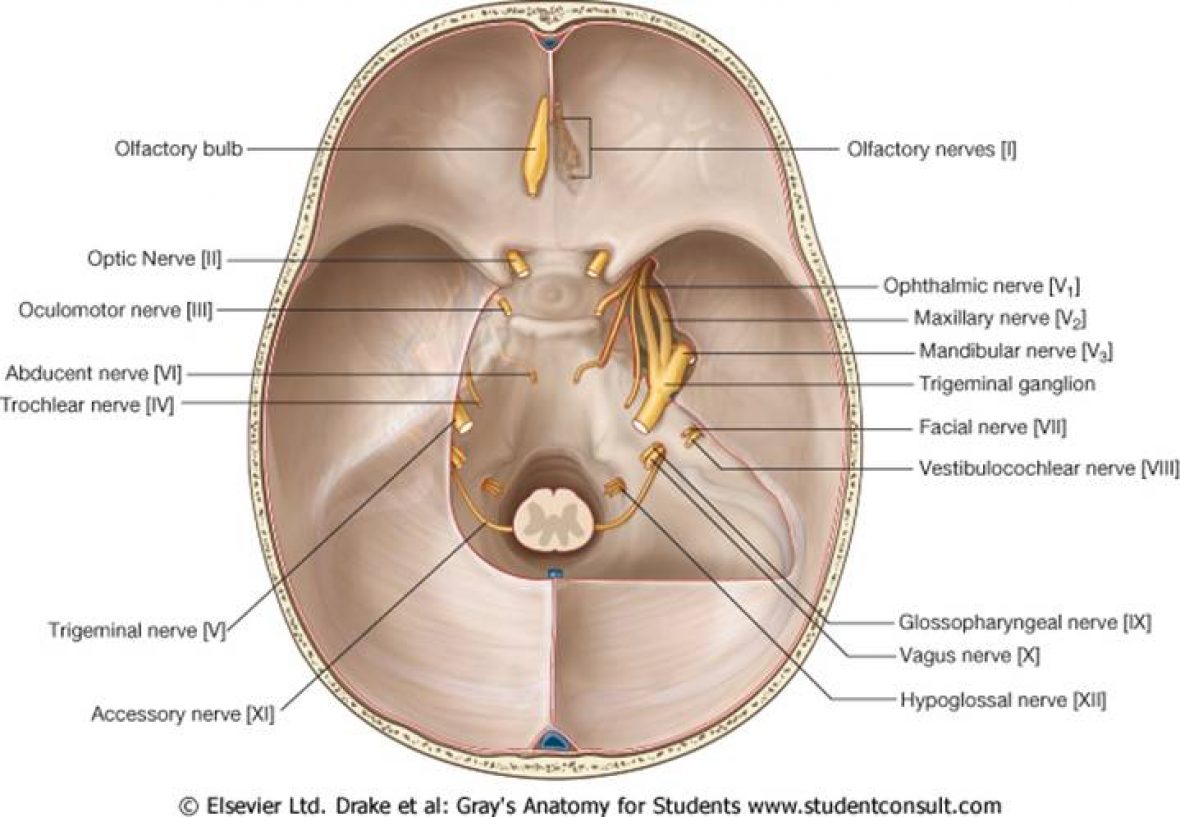You are a medical student and have been given the priviledge to make an incision on a craniotomy (how lucky!). However before doing so the consultant wants to make sure you know the layers of the scalp and their clinical relevance.

Clinical Relevance of the Scalp
1.The scalp is a very vasculature structure. Clinically the galeal aponeurosis is important. This is because during closure the galeal layers are apposed as they form the ‘strongest’ layer of the scalp
2.The loose connective tissue is highly vascular and contains numerous ‘spaces’ through which infection can travel. The link between the emissary veins from the scalp and the intra-cranial dural venous sinuses make scalp infections serious
3.The superficial temporal artery can be palpated 1cm anterior to the tragus of the ear, and if not careful can be sacrificed during an incision during a craniotomy therefore cutting of the blood supply to the temporalis muscle. Hence whilst performing craniotomy make your incision posterior to this.

4. The temporal branch of the facial nerve crosses the zygomatic arch 2.5cm anterior to the tragus, hence incisions in this area are kept within 1.5cm anterior to the tragus and above the zygomatic arch.

